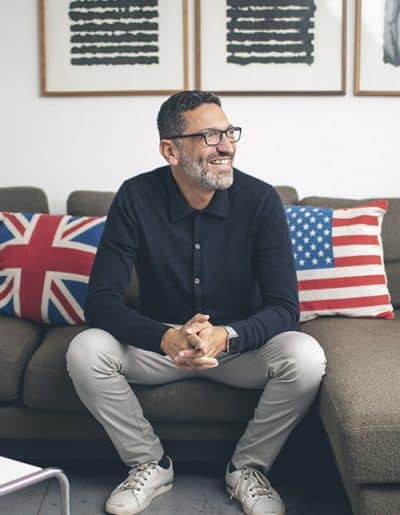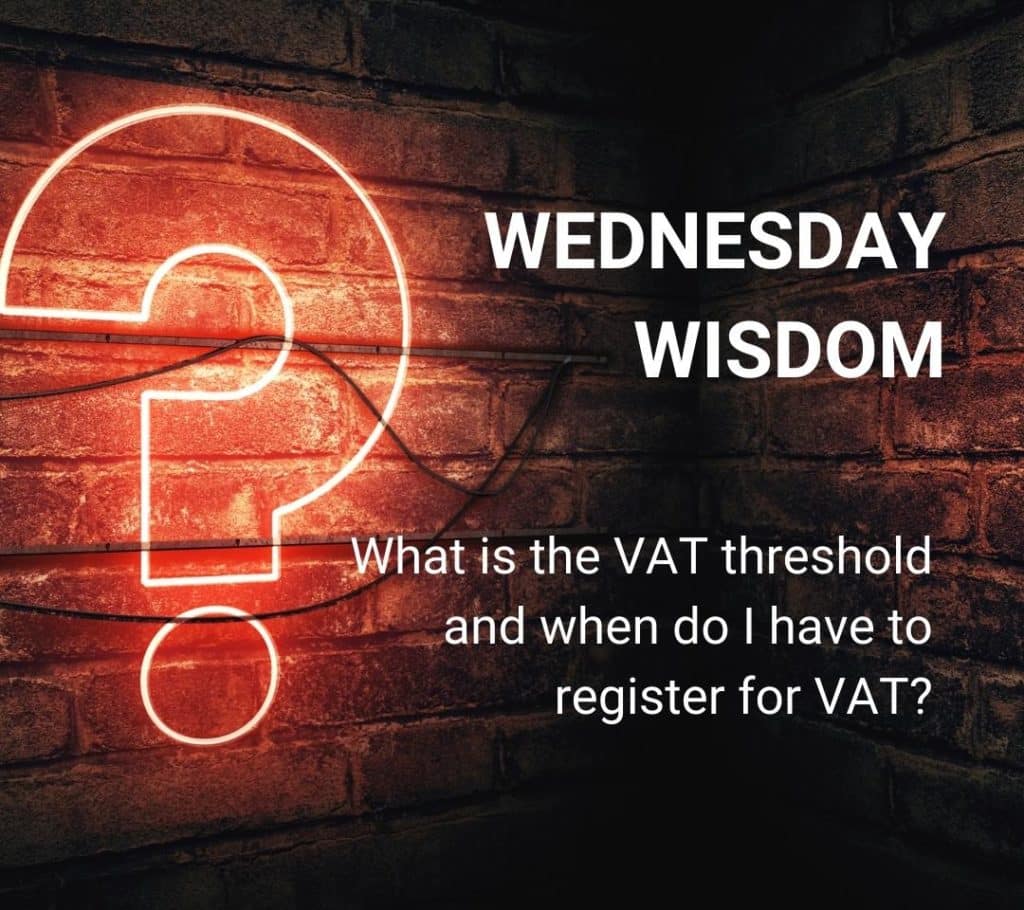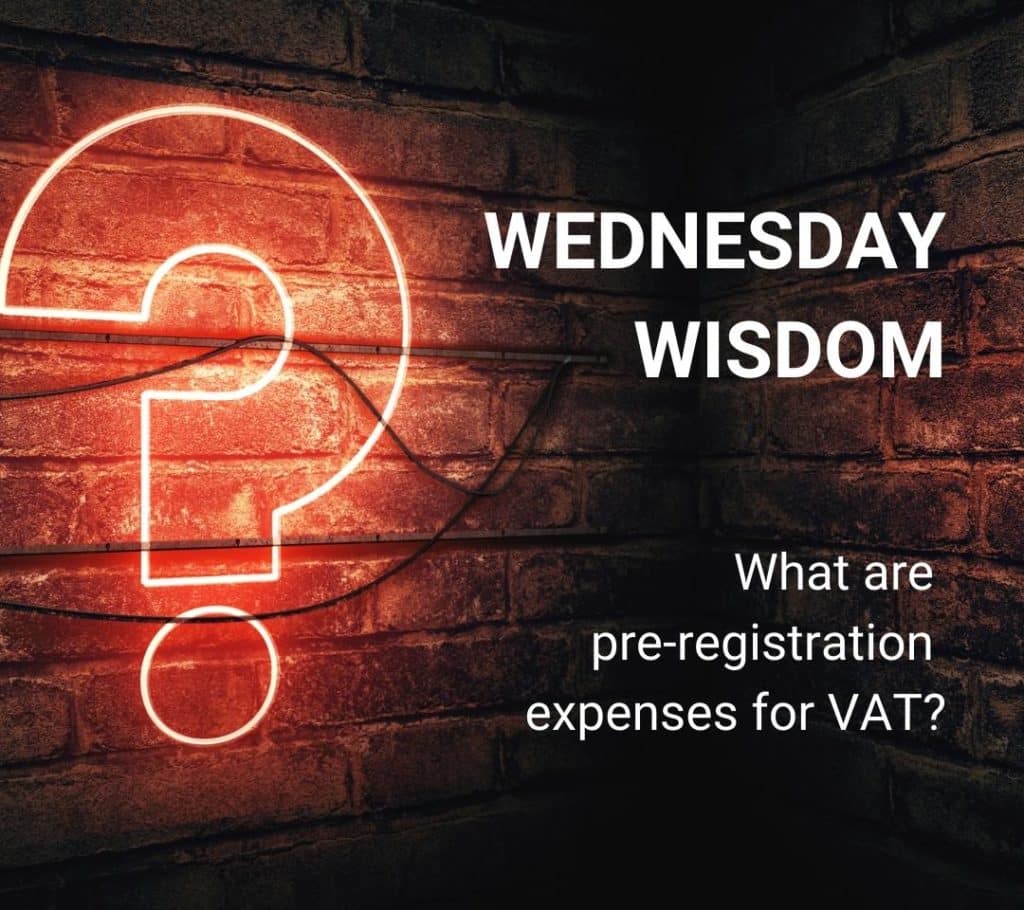This article was written by Decision Magazine for WardWilliams Creative and Creative UK.
The concept of the hackathon – originally, individual computer coders gathering in large numbers to do collaborative programming – has been gaining wider popularity as a way for companies of all kinds to foster innovation and creative problem solving.
One aficionado of the concept is Danny Somekh, chief executive of branding and digital agency Huddle Creative. “Some really great insight can come from the weirdest places; it’s that whole thing around collective intelligence,” he explains. “The idea of the ‘hack’ – of getting people together to create something tangible, something you can test, rather than just an idea – can be applied to branding and marketing as well as programming and it fits well with a company which has an ethos of collaboration.”
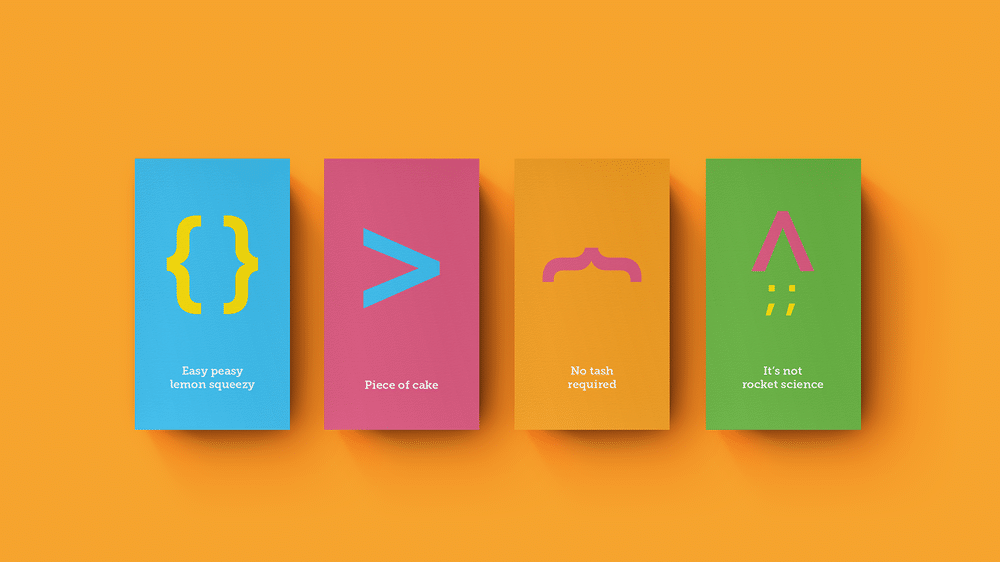
Its all about the hack!
Huddle holds about twenty hacks a year; they kick off every project and set the strategic and creative direction from the outset. One particular project that Huddle tackled with a hack was a new genetic testing app. “Many of the core strategies and feature ideas for that came out of us ‘hacking’ with genetic scientists and project specialists,” says Somekh.
“It’s all about getting from an initial idea on paper to a great branded product or business, a process which can otherwise be more challenging, given inertia, politics, limited resources and the usual day-to-day distractions.”
Essentially, the hack is a fast-paced, collaborative process that aims to deliver innovative and tangible results, from new brand concepts to app prototypes. A hackathon at Huddle starts with a brief outlining the objectives and continues with some intensive thinking and discussion, in the same room, by everyone involved, from both agency- and client-side. That bit is vital, says Somekh. “The key stakeholders have to be in the room as we are going to be making decisions now.”
Part of the beauty of the hack concept is that clients are deeply involved in the creation of the end product. “We are facilitators rather than creators,” says Somekh. “I want clients to feel they created something brilliant, not that they commissioned us to create it. I call it the IKEA effect: if you assemble your own wardrobe, you feel you have made it.”

Somekh says the hacks rarely fail to come up with something tangible and often condense into one day what would otherwise have taken weeks. “It’s better than spending one hour a week for eight weeks on it, because things get incredibly fragmented over time. The hack is incredibly powerful. It gets everyone aligned and there is fidelity in the output. Rather than a few sketches on the whiteboard of a visual concept, you have a designer actually designing something that looks real.”
One-day hacks are often followed by three days getting feedback from real users – online, face-to-face, or even out on the street – with an idea being finalised the next day. “The hacks give the client a lot of value very quickly and are often exactly the tonic they needed,” says Somekh. “It’s when you actually work intensely with a client that you really build that trust that everyone talks about. Clients are energised by the hacks too. In a big organisation they might have gone round the houses so many times discussing the same thing, and ended up with nothing to show but a lot of paperwork.”
That said, he adds, it’s impossible to pre-empt what the results will be. “The whole point is that you don’t know what you will get out. The articulation of an idea is often different from how the client visualised it. The object is to be different.”
Creative Burst
The concept of the creative burst was based on the realisation that the conventional approach of strategy, then research, creativity, and then production, doesn’t work as well as it should. “I’m a big believer in shackles off and having a big shot of energy upfront, to get people inspired and get momentum going.”
A creative problem-solving approach is important for anyone who works in an agency, says Somekh, believing that natural curiosity is a pre-requisite. “Some people are more comfortable following a process but there is a hunger for new ideas and we would rather create an opportunity then just fix a problem. Creativity isn’t about jumping on bandwagons; it involves questioning everything.”
That means applying creativity without waiting for a brief or commission. Huddle, for example, have been looking at how to automate the process of testing new apps and UX [user experience] projects on real people. “It would be a massive advantage to our clients to be able to get some of their data-driven stuff out in the market and tested on real people,” says Somekh. “Are we able to create a tool they could use to test a proposition without the client having to build a proptotype?”
Somekh says the way forward for a creative agency such as Huddle, which he set up in 2009, is being strategic, as opposed to just taking on particular projects such as a web platform. “We are about developing the client’s vision for the future rather than just optimisation of production,” he explains, “taking a functional business and turning it into an emotive brand.”
Somekh says it’s surprisingly difficult for a business that routinely defines brand values for others to do the same for itself. Attempting the challenge, he says: “It sounds a bit fluffy but we aim to be a true friend; someone who is attentive and honest and who listens, a really useful guide to how you should behave as a business who will tell you what you need to hear rather than what you want to hear.”
Make room for humour
Another value is fun. “Humour is very important just to keep sane,” he says. “The business benefits when you keep a sense of perspective; we are not saving lives.” And kindness. “It sounds wishy-washy but without being a pushover it’s important to be really kind to the people you work with. If people are feeling unconfident they end up being less productive.”
Is there a danger that the role or perceived value of creative agencies could be dminished by the so-called ‘democratisation’ of technology? “It’s quite scary how artificial intelligence is being implemented and the speed at which it’s going,” Somekh concedes. “There is a real threat that computers will one day be able to be creative. Will there be a time when you explain your business and your dreams to the computer and it creates the strategy, a website and marketing campaign, even the content.”
“We watch technology trends, and the blockchain is definitely one to watch, he adds. “It’s not just a replacement for money. Imagine buying a training shoe where you have a way to find out what factory it was made in, how much the people were paid, the carbon footprint. That’s built into the blockchain. Imagine the impact on branding and messaging and trust.”
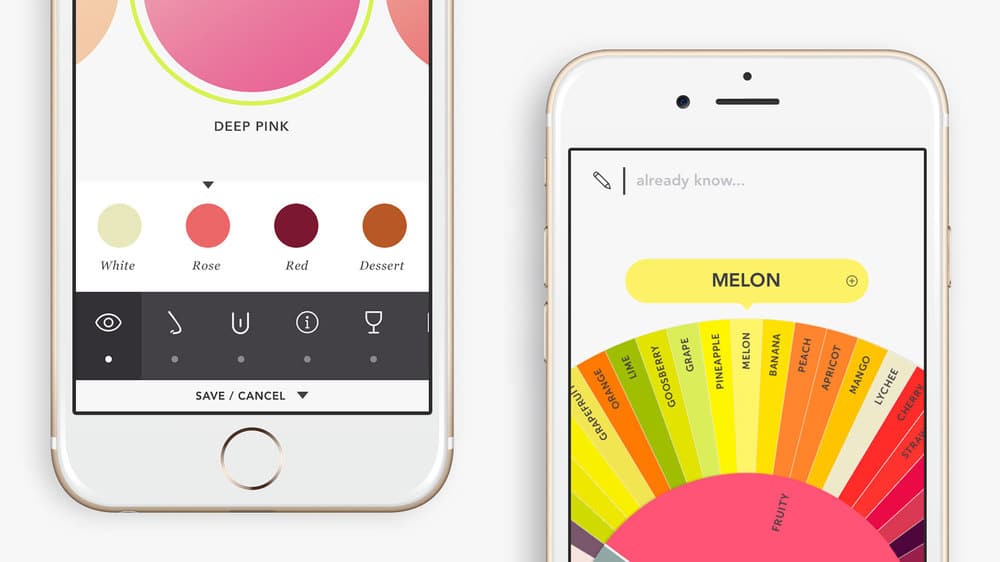
He believes that growth in the creative sector as a whole will come from leveraging technology. “I would like to see a national platform that creatives could access to experiment and explore different ideas. You might have a fantastic idea that’s totally of its time, but the obstacle is the number of hours and cost it takes to develop something you can test. Some of the more cutting-edge solutions require quite deep and very expensive expertise, but the window of opportunity is closing that much more quickly, so there is a massive competitive advantage if you can get in there first. Anything that can get creative companies closer to building things based on experimental technology would be really powerful.”
“It’s a brilliant time to be an innovator,” observes Somekh, but he poses a question: what is innovation; what is creativity? His conclusion? “They are one and the same thing,” he says. “It could be taking something that exists and reframing it with our knowledge of where things are going from a cultural and technological perspective. But true or pure innovation is about creating something that doesn’t exist.”
Research is key to this.
“We get qualitative insight from extracting the client’s knowledge or talking
to a specialist in an area, and creating a hypothesis. Then we will also have,
for example, an SEO expert to review the analytics to give us quantitative
insight.”
Something of a challenge is finding project managers who understand UX (user experience) and how technology is used in a creative sense, rather than just as a way to make more efficient systems. “People who are happy to stay in a corner don’t last long at a creative business,” he observes wryly.
